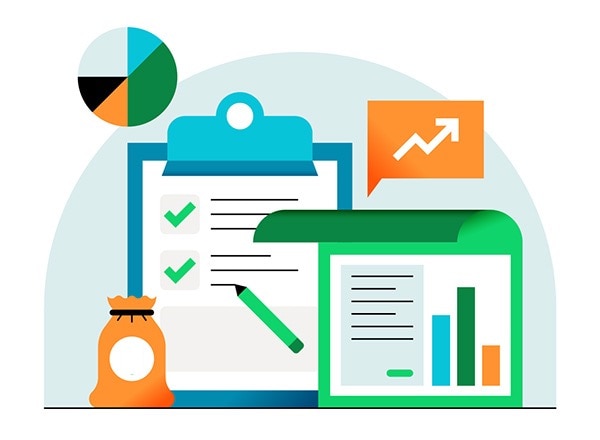Whether you offer a product or service, one of the biggest challenges your business will face is proper pricing. You don’t want it to be too high or too low, but you need a pricing strategy that works for your target audience. Some successful companies, like Amazon, have gained their advantage through a savvy pricing strategy that is sensitive to competitor and customer activity. While it may seem better to underprice your product or service, you will actually do better if you overprice it.

Why Overpricing Is Better Than Underpricing
The Perils of Underpricing
When you’re first starting out, it may seem like it makes sense to offer a low introductory price; a “check us out” strategy. That’s motivated by an understandable fear, one born of an eagerness to get customers and get your business off the ground. You’re also new to the market, and just unsure of what customers are willing to pay. With that in mind, pricing your product below the competition’s—or offering a completely new product at a cheap price—seems logical.
While it’s true that some segments of your target audience might make their purchase decisions based on price, the fact is that the majority are more interested in whether or not your offering will meet their needs. When faced with certain problems, customers are actually less concerned with the cost. They’re more interested in what your product or service can do for them.
Many customers also believe that, “you get what you pay for.” So, if you price too low, the potential customer will conclude you don’t have much to offer them before they even delve any further. The low price will make the decision for them, which means you could lose a lot of customers if you go too low.
Underpricing could also set up your brand reputation as being cheap. Once your brand is perceived a certain way, it’s nearly impossible to change that opinion.
In the long term, underpricing can also kill your business during an economic downturn, where your low price returns slim or nonexistent profit margins. These slim margins don’t provide any cash flow cushion that your business could use to ride out leaner seasons. Conversely, don’t think that an economic slump will make your product or service more attractive because it is so much cheaper. The fact is that, during a recession, these same consumers just stop buying, regardless of the price.
The Advantages of Overpricing
You may think of overpricing as pricing your good or service higher than you should. Instead, a higher price could actually be a price that reflects your offering’s true market value. A higher price illustrates your confidence in your product’s or service’s inherent value.
Remember: you’re in business to make money, and there’s nothing wrong with that. When you overprice, you can cover all the overhead expenses and costs of producing the product and service while still enjoying a profit. In turn, that profit helps support you and your team, as well as provides the resources you need to continue adding value to current and future products, features or services.
If you think setting an initial price on your product or service is difficult, just wait until you try to raise that price. Another early advantage of overpricing is that you’ll be able to enjoy a higher profit margin sooner than later. You also won’t have to contend with a potential loss of customers when you raise the price later on. Of course, if you are adding features or value, then changing your price at a later date to reflect that is more accepted.
If you do price high, however, remember not to go so high on the price that the customer sees your company as taking advantage of them. Like the brand perception of being cheap, the image of being a rip-off artist doesn’t play well either.
What Pricing Is and What It Isn’t
Pricing should not rely on the age of your product or service. It’s about the value offered in relation to what the market will bear to get that value. In addition to reflecting value, a good price ensures your ability to build and sustain your business. If done right, pricing shouldn’t draw you into any pricing wars.
When you have these as your guiding principles, then you can get a better sense of what to charge for your product or service by considering the following criteria:
- Think carefully about your product’s or service’s worth before you rush to price it.
- Look at the value proposition of your competitors’ product or service relative to what they are charging for it.
- Consider current and future economic trends to gauge how your pricing may be affected. When there are economic downturns, you may not be able to price your product or service as high as you like, or be able to retreat and go with underpricing.
- Pay attention to your competition’s (if any) pricing strategy, and how the market perceives this strategy.
Overall, once you evaluate the factors above, pricing strategy becomes easier. In addition to value and market attitudes, remember to account for costs, both apparent and hidden. Whether it’s paying for the implementation of a solid marketing strategy or loan repayments, a good price is one that sustains your business today and helps it grow for tomorrow.













